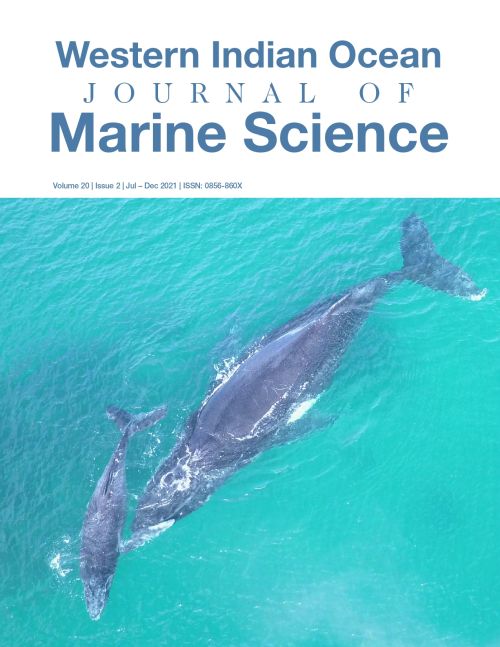Main Article Content
Morphometric study of humpback whale mother-calf pairs in the Sainte Marie channel, Madagascar, using a simple drone-based photogrammetric method
Abstract
Morphometric studies of humpback whales (Megaptera novaeangliae) occurring in the Indian Ocean area have been limited by the technology currently available. In the Sainte Marie channel, Madagascar, straightforward aerial single-camera photogrammetry was tested on mother-calf pairs that combines standard Unoccupied Aerial Vehicle (UAV) with free, easy-to-access, and user-friendly software. The goals of the study were to estimate mother and calf body measurements and to investigate the effect of maternal parity (primiparous versus multiparous, based on length) on calf size. A mean length of 12.4±1.2 m for mothers (N = 16) and 5±0.9 m for calves (N = 16) was estimated. The size of calves did not depend significantly on maternal parity. The photogrammetry method used was simple and cost-effective, yet produced convincing morphometric measurements with acceptable precision and accuracy. The coefficients of variation (CVs) of repeated estimates and the level of error were relatively low (CV = 2.31 % for a known-sized object and average CV = 2.52 % for individual whales; average error = 1.8 % for a known-sized object). These results will encourage more teams to study the morphometry of large marine mammals despite limitations in terms of resources.




